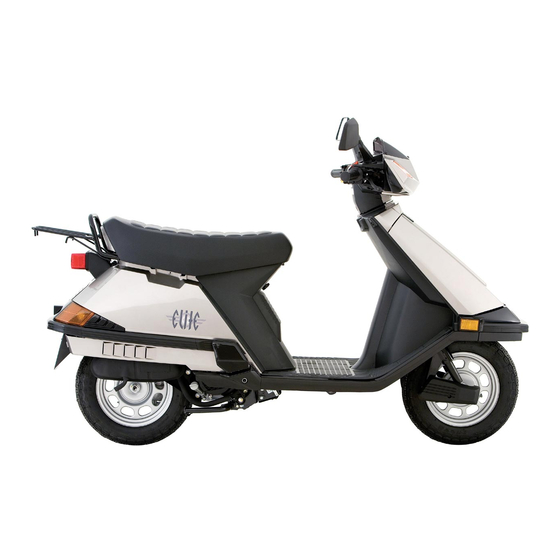
Table of Contents
Advertisement
Quick Links
This manual should be considered a permanent part of the scooter and should remain with
the scooter when it is resold.
This publication includes the latest production information available before printing. Honda
Motor Co., Ltd. reserves the right to make changes at any time without notice and without
incurring any obligation.
No part of this publication may be reproduced without written permission.
2005 Honda Motor Co., Ltd.
Advertisement
Chapters
Table of Contents















Need help?
Do you have a question about the CH80 2006 and is the answer not in the manual?
Questions and answers